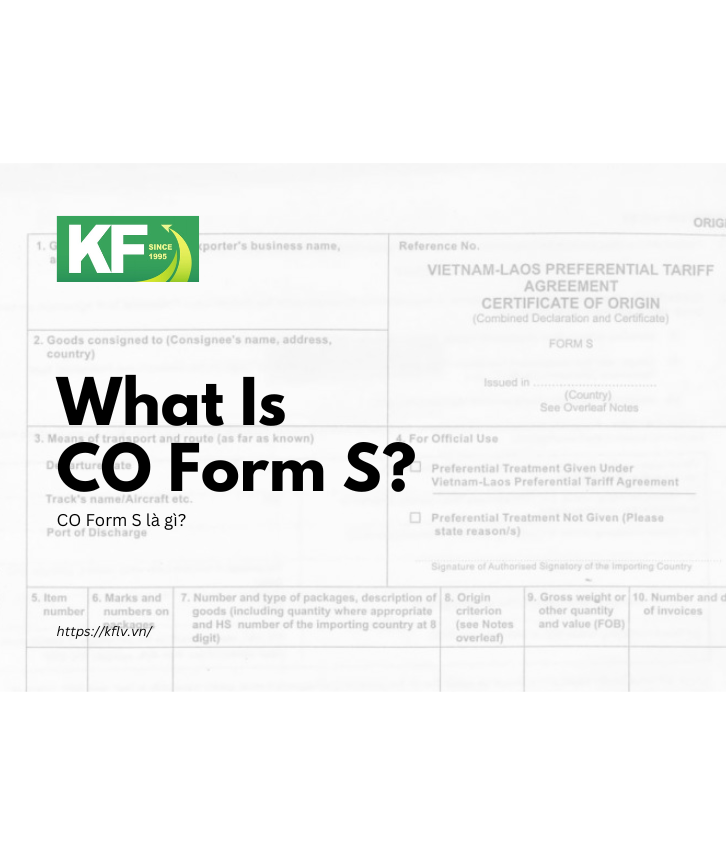What Is a Packing List? Its Importance in Import and Export

A Packing List (also known as a packing slip or detailed cargo list) is a crucial document in the import-export file set, issued by the seller after the goods have been packed. It serves to confirm what the seller has delivered to the buyer and plays a supporting role in inspection, verification, and customs clearance.
What Is a Packing List?
The packing list provides detailed information about the goods such as item types, quantities, packaging specifications, weight, volume, etc., but does not display the value of the shipment. Unlike the invoice, the packing list focuses on the method and details of packing.
Buyers can use the packing list to:
- Verify that the actual quantity of goods matches the purchase order.
- Serve as a basis for goods inspection at the destination port.
- Assist in customs declaration and international transportation procedures.
Common Types of Packing Lists
| Packing List Type | Description |
| Detailed Packing List | A complete list showing each package, used for accurate quantity checks. Helps identify errors if shortages occur during transport. |
| Neutral Packing List | A list that omits seller information, often used in intermediary transactions or where confidentiality is required. |
| Packing and Weight List | Similar to the detailed packing list but includes the weight of each package for freight calculation or transport arrangement. |
Who Issues the Packing List?
The packing list is issued by the seller (exporter) after the goods are packed. It is an essential part of the export-import documents, usually accompanying:
- Invoice
- Bill of Lading
- Contract
- Certificate of Origin (C/O)
In some cases, the printed packing list will be sent directly to relevant parties or updated through the carrier’s electronic system such as Packing List ONE, Maersk, MSC, COSCO, OOCL, KMTC, ZIM, RCL, Yang Ming, Wan Hai, etc.
>> Read more: Bill of Lading (B/L) and Sea Waybill: Key Documents in Maritime Shipping
Functions and Roles of the Packing List
Main functions:
- Displays quantity, net weight, gross weight, and volume (CBM).
- Shows packing method: by package, box, pallet, or container.
- Helps organize warehouse storage, loading, and transport.
- Assists in customs declaration.
- Serves as the basis for insurance claims in case of loss or damage.
Role in import and export:
- Used in shipping line declarations when issuing the bill of lading.
- A basis for inspections at the port of discharge.
- A required document for customs clearance.
- Delivered to involved parties such as carriers, customs authorities, and banks.
- Attached outside containers to support inspection.
The packing list should be printed, stamped, signed, and sealed in a waterproof envelope to prevent damage during transportation.
Essential Information on a Standard Packing List
A typical packing list includes:
- Shipper and consignee information
- Cargo details: name, quantity, unit of measure, gross weight, net weight, volume (CBM)
- Packaging details: number of packages, pallets, boxes, cartons
- Port of Loading (POL) and Port of Discharge (POD)
- Delivery terms under Incoterms (FOB, CIF, etc.)
- Date of issue, document number
- Seller’s signature and company stamp
>> Read more: The Impact of Incoterms on Costs and Responsibilities in International Trade
How to Prepare a Packing List
Step 1: Determine required information
- Goods, weight, packaging specifications, units of measure
- Transport mode, port of loading and discharge
Step 2: Format the document properly
- Use Excel or Word for easy editing
- Clear layout, easy to read, organized in specific rows and columns
Step 3: Review and verify
- Ensure the figures match the invoice and contract
- Carefully check the weight and number of packages
Important Notes When Creating a Packing List
- Must match information in the invoice and other documents
- Discrepancies in quantity or weight can lead to fines or customs delays
- Always double-check before sending to relevant parties
- If submitting an electronic packing list, confirm whether a digital signature is required
The packing list is not just a basic inventory sheet—it is a key document that determines whether the import-export process runs smoothly. Understanding and correctly preparing the packing list helps businesses avoid risks and save time and costs in international shipping.
If you need consultation or assistance in shipping goods internationally, contact King Freight Logistics Vietnam (KFLV) at hotline +84 (0) 938 188 796 – We are committed to supporting your business through every import-export and logistics procedure.





Written bykflv.vn
Other activities


Other news

CO Form S (Certificate of Origin – Form S) is a preferential certificate of origin issued for goods exported from Vietnam to Laos. It enables Vietnamese exporters to enjoy special tariff preferences under the Vietnam–Laos Bilateral Trade Agreement. This article explains what CO Form S is, its purpose, documentation requirements, and application procedure — along […]

